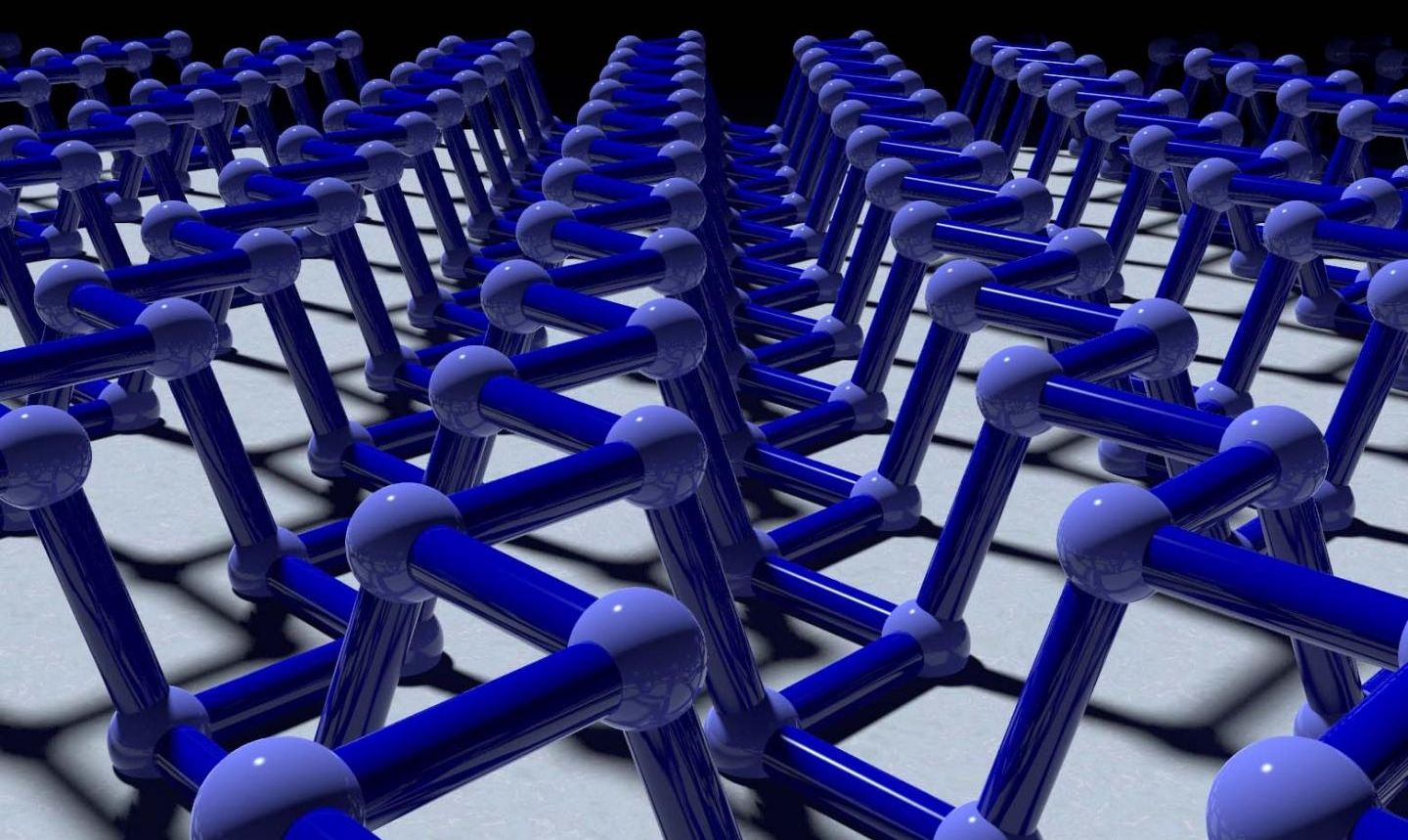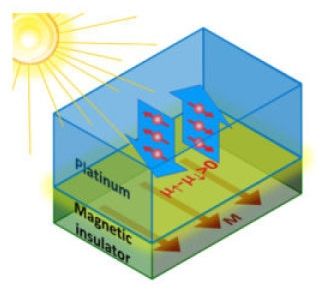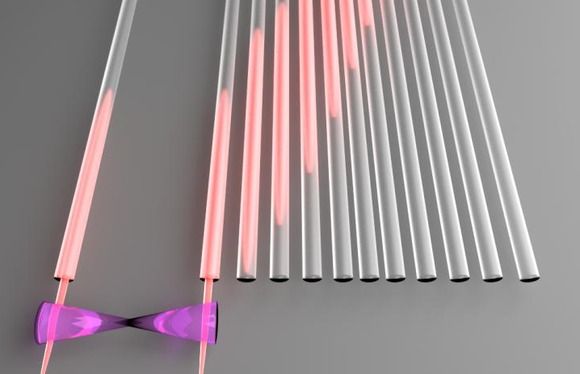RPI’s new material takes semiconducting transistors to new levels.
Two-dimensional phosphane, a material known as phosphorene, has potential application as a material for semiconducting transistors in ever faster and more powerful computers. But there’s a hitch. Many of the useful properties of this material, like its ability to conduct electrons, are anisotropic, meaning they vary depending on the orientation of the crystal. Now, a team including researchers at Rensselaer Polytechnic Institute (RPI) has developed a new method to quickly and accurately determine that orientation using the interactions between light and electrons within phosphorene and other atoms-thick crystals of black phosphorus. Phosphorene—a single layer of phosphorous atoms—was isolated for the first time in 2014, allowing physicists to begin exploring its properties experimentally and theoretically. Vincent Meunier, head of the Rensselaer Department of Physics, Applied Physics, and Astronomy and a leader of the team that developed the new method, published his first paper on the material—confirming the structure of phosphorene—in that same year.
“This is a really interesting material because, depending on which direction you do things, you have completely different properties,” said Meunier, a member of the Rensselaer Center for Materials, Devices, and Integrated Systems (cMDIS). “But because it’s such a new material, it’s essential that we begin to understand and predict its intrinsic properties.”
Meunier and researchers at Rensselaer contributed to the theoretical modeling and prediction of the properties of phosphorene, drawing on the Rensselaer supercomputer, the Center for Computational Innovations (CCI), to perform calculations. Through the Rensselaer cMDIS, Meunier and his team are able to develop the potential of new materials such as phosphorene to serve in future generations of computers and other devices. Meunier’s research exemplifies the work being done at The New Polytechnic, addressing difficult and complex global challenges, the need for interdisciplinary and true collaboration, and the use of the latest tools and technologies, many of which are developed at Rensselaer.








